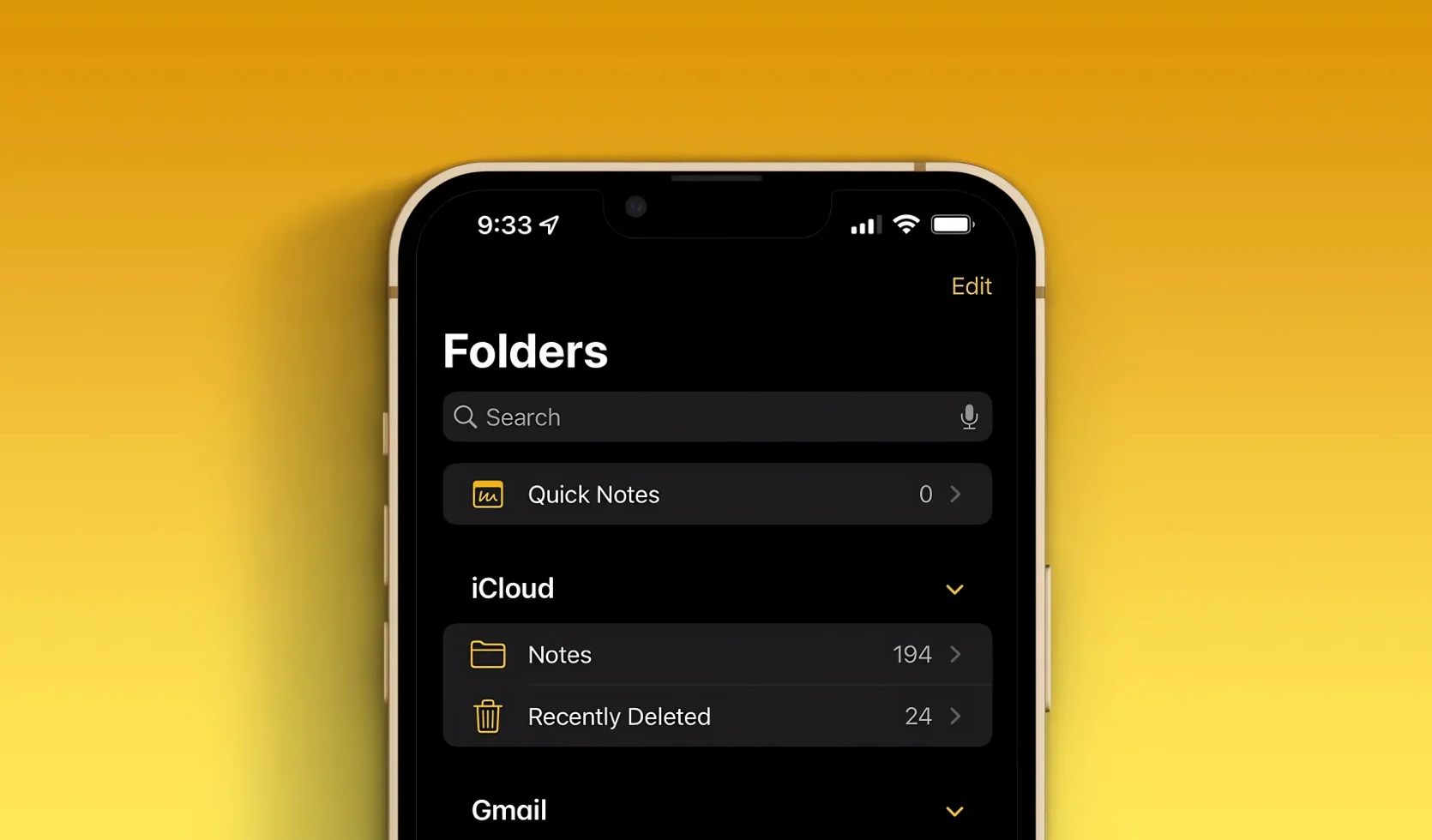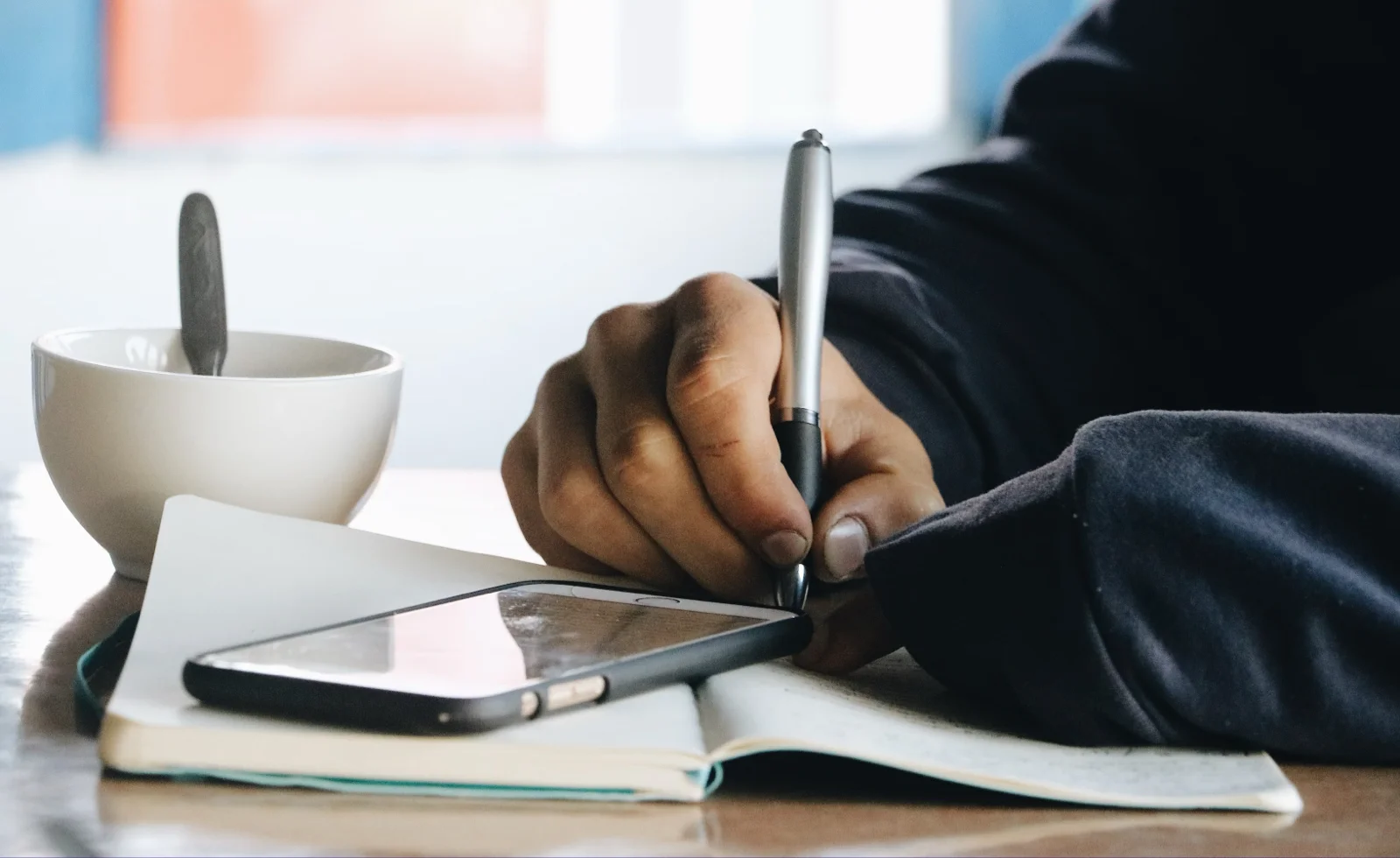Note-taking is an integral skill for students, and note-taking apps have enormously impacted our ability to capture and organize information. While note-taking apps provide many features and benefits, they must be used effectively for maximum productivity. This article will explore tips and strategies for harnessing their power effectively to increase organization, implement different note-taking styles seamlessly across devices, and sync notes.
Writing essays requires students to recognize the significance of effective note-taking and organization throughout the research and writing processes. Implementing notetaking apps properly, as described in this article, can significantly simplify and expedite collecting and organizing information for essays or research papers.
If you’re a student, you might often think: ‘I wish there were someone to spare me the stress of writing my papers!’ Students needing additional help writing essays may find services like EssayPro invaluable. EssayPro offers professional writing assistance, giving students access to experienced writers who provide guidance, research, and complete paper writing services to ensure academic work meets its requirements and goals.
With traditional pen-and-paper note-taking being replaced by digital solutions like note-taking apps for students, note-taking is increasingly being transformed to maximize benefits while streamlining learning processes. But to gain the full advantage of using note-taking apps effectively, it must first be utilized correctly if any actual value can be reaped.

Identify an Appropriate Note-Taking App
Selecting an effective note-taking app is the first step toward increasing productivity with note-taking software. Given all of your available choices, choosing one that aligns with your needs and preferences is of utmost importance. For instance:
- User Interface: Choose an application with an intuitive user interface for optimal navigation and organization.
- Cross-Platform Compatibility: Ensure the app can run seamlessly across devices, from smartphones and tablets to computers.
- Evaluate Features: Scrutinize an app’s feature set: Does it support text, audio, and image notes? Can they add tags to categorize notes easily for searching?
- Integration: When looking for apps that integrate with tools you already use, such as calendars, task managers, or cloud storage services, integration should always be top of mind. Popular note-taking applications like Evernote, OneNote, Notion, and Bear provide students with numerous features they need for note-taking success.
Effective Organization Strategies
Digital note-taking offers many advantages over analog, including its ability to organize notes effectively. Here’s how you can maximize this benefit:
Begin by organizing your notes based on subjects or courses into folders or categories for easy organization and quicker retrieval of specific pieces of information. This hierarchical structure makes finding particular information simple. Introduce a tagging system into your organization strategy to further organize your notes. Tags allow for fast searches to locate related notes quickly.
Many note-taking apps automatically include date and time stamps to track when a particular note was created—an invaluable feature if your information requires fast action. Some apps provide customizable note templates that you can use for class lectures, research reports, or study summaries. Make use of them to maintain consistency when taking notes.
Make it part of your regular practice to regularly review and organize your notes, deleting unnecessary information and updating outdated notes as appropriate.
Utilize Different Note-Taking Styles

Effective note-taking requires adapting your style to different circumstances and situations. Here are a few styles, along with when they should be employed:
Visual learners often benefit from mind mapping, which involves visualizing ideas and their connections to aid retention and comprehension. Many digital note-taking apps come equipped with built-in mind-mapping features. For those who prefer hierarchical structures, an outline method can be effective. By using bullet points or numbered lists to organize information hierarchically, this style works great when summarizing lengthy readings or research papers.
Employ a narrative note-taking style for maximum impact when documenting discussions or lectures. Use complete sentences and paragraphs when recording group dialogue or brainstorming sessions using this approach. Pictures can say more than words; use your note-taking app’s drawing and sketching tools to easily illustrate complex ideas or diagrams.
Some apps also allow for the recording of audio notes as an add-on feature to text notes, making this great for taking notes during lectures or interviews where spoken information needs to be captured. Just be sure to ask permission first before recording others!
Sync Devices Together
Accessing notes across devices is invaluable for students. Here’s how you can ensure seamless sync:
1. Cloud Sync
Many note-taking applications offer cloud-syncing features to keep notes organized and safe in the cloud. Ensure your app is connected to a reliable service like Google Drive, Dropbox, or Microsoft OneDrive to ensure seamless note-taking experiences.
2. Verify Settings
To make changes or additions appear across devices, automatic sync should be activated within your app settings. That way, updates from one device are instantly reflected across them all.
3. Offline Access
Many apps allow offline note-taking capabilities that simplify studying at locations with limited or no internet connectivity. This feature can help students take exams at various institutions across campus or elsewhere in a city or region.
4. Security
Though syncing may be convenient, it’s vitally important that security remains top-of-mind. Use strong passwords with unique alphanumeric characters across each account, enabling two-factor authentication for added protection.
Tips for Effective Note-Taking
Organizing your thoughts and keywords for later reference is crucial when striving for effective note-taking. This can be particularly helpful when researching and considering the best dissertation writing service to meet your academic needs. Here are a few additional strategies for increasing note-taking productivity:
1. Stay Engaged
Be active during lectures or readings by listening carefully, asking questions, and seeking clarification when necessary. Being immersed will make taking notes easier!
2. Be Selective
You don’t have to record every word; focus instead on key concepts, main ideas, and supporting details that provide evidence for those concepts or ideas you wish to highlight in writing. Using shorthand or abbreviations may speed up this process significantly.
3. Review and Revise
Regularly revisit and revise your notes to reinforce understanding, as this helps ensure everything has been noticed from important information.
Wrapping up, note-taking apps have become indispensable tools for students, yet their effectiveness lies in how well they’re utilized. Students can maximize productivity and learning outcomes by selecting an ideal note-taking app and organizing notes thoughtfully while adapting different note-taking styles and syncing securely across devices. Mastering such tools will enable you to excel academically toward graduation!
Related Posts:
- Benefits of AI Tools for Better Essay-Writing and Academic Success
- 3 Best IPTV Apps for Amazon Firestick 4K
- Gamification in Education to Engage and Motivate Students
- What Impact Does Technology Have On Student Learning
